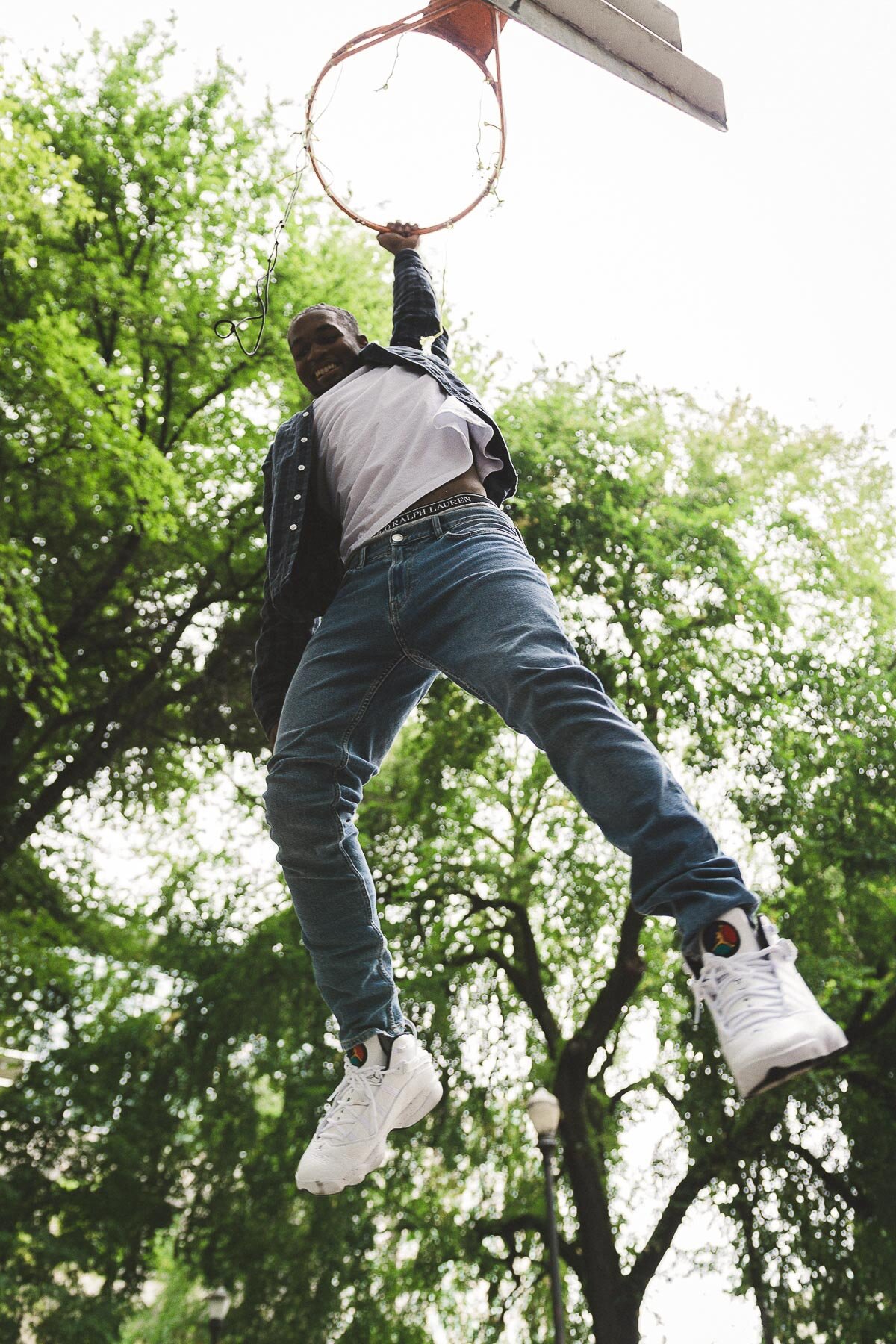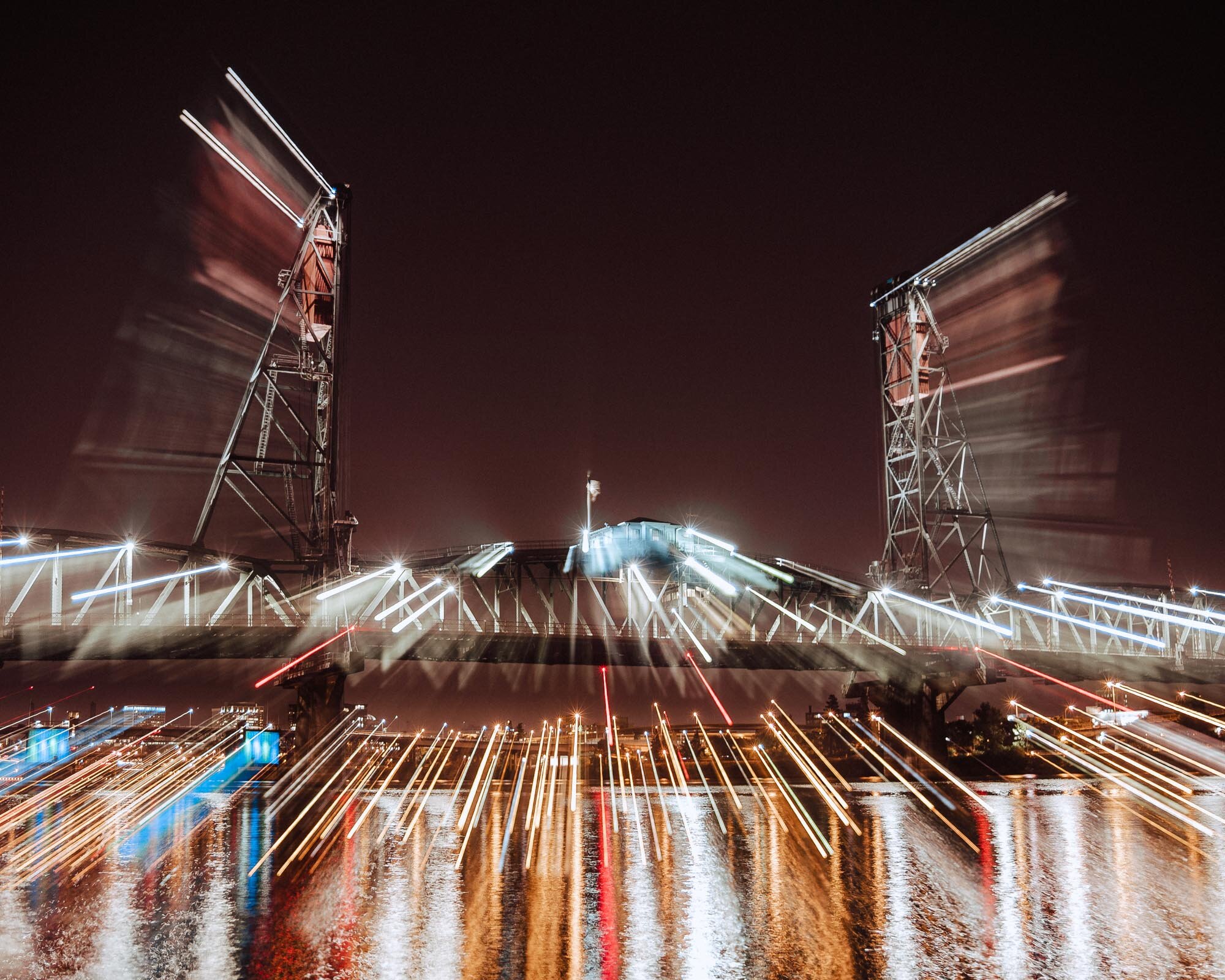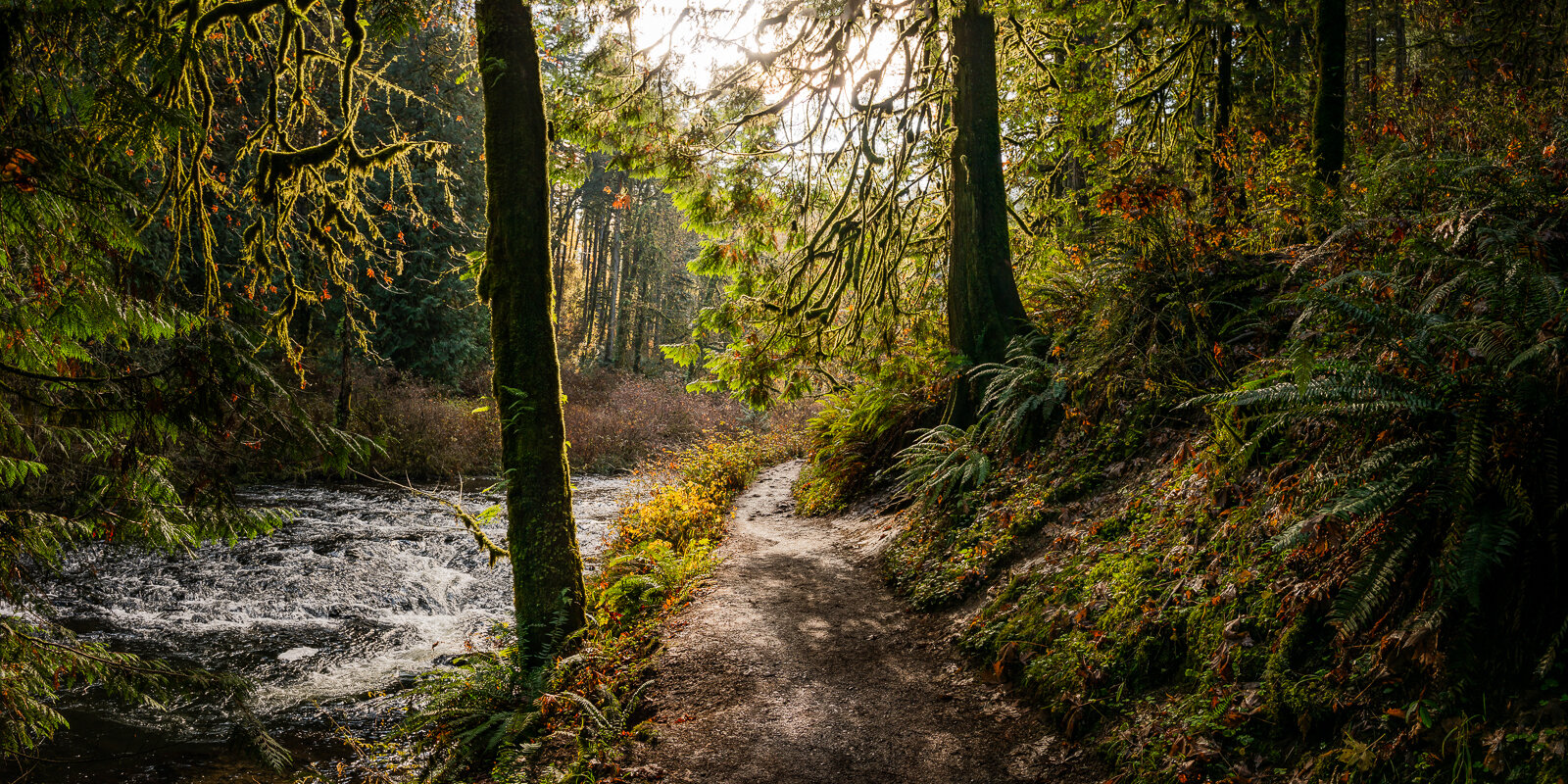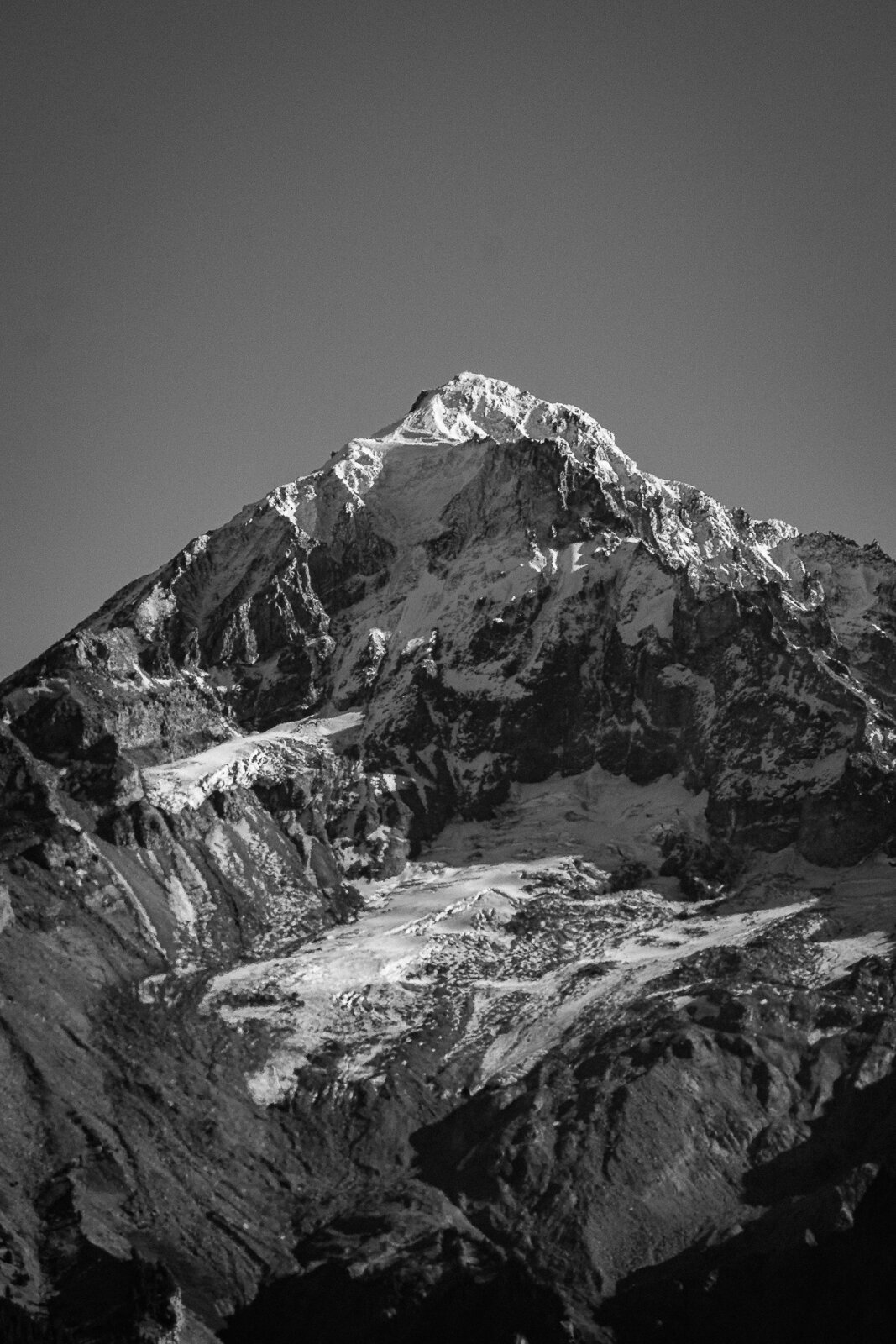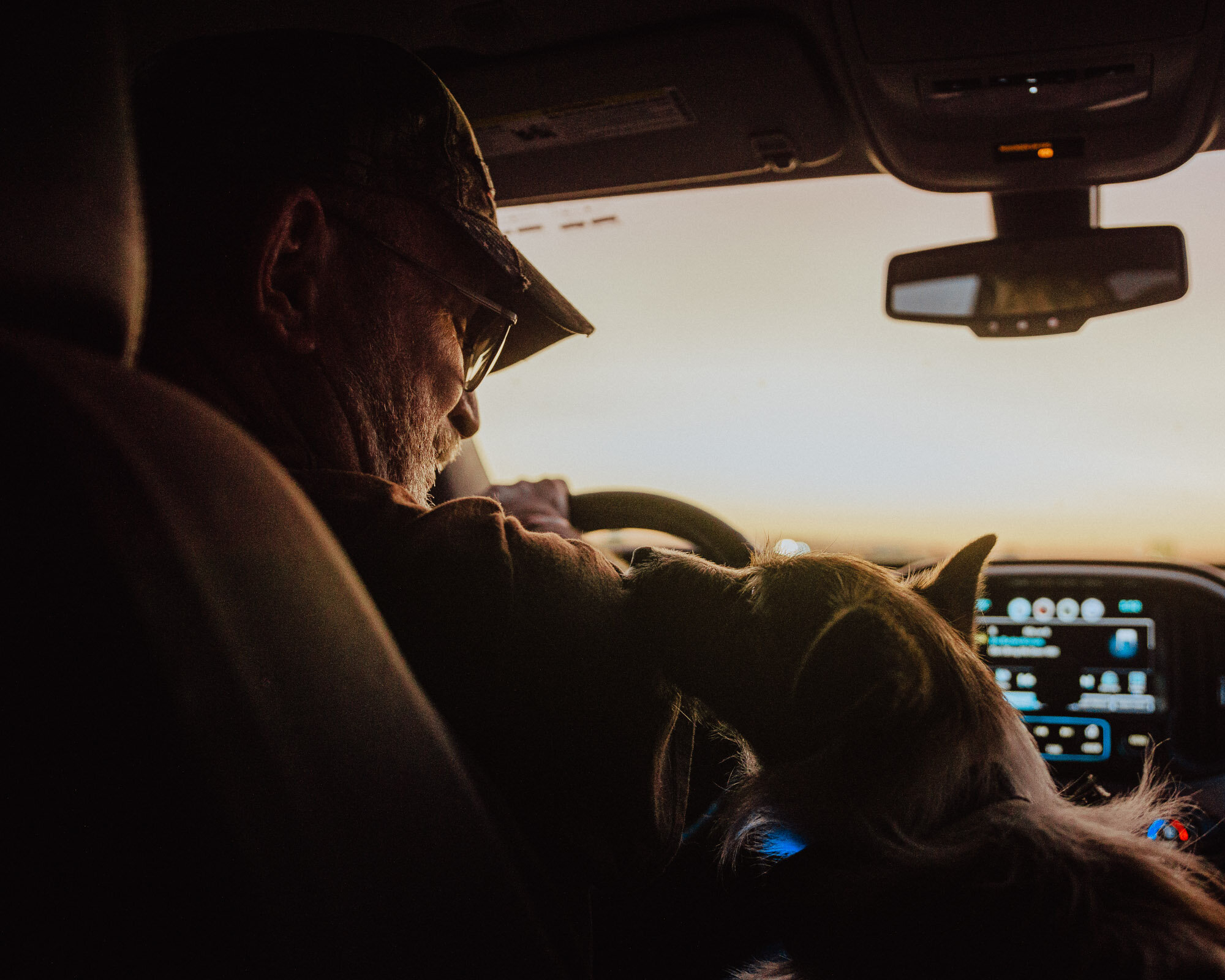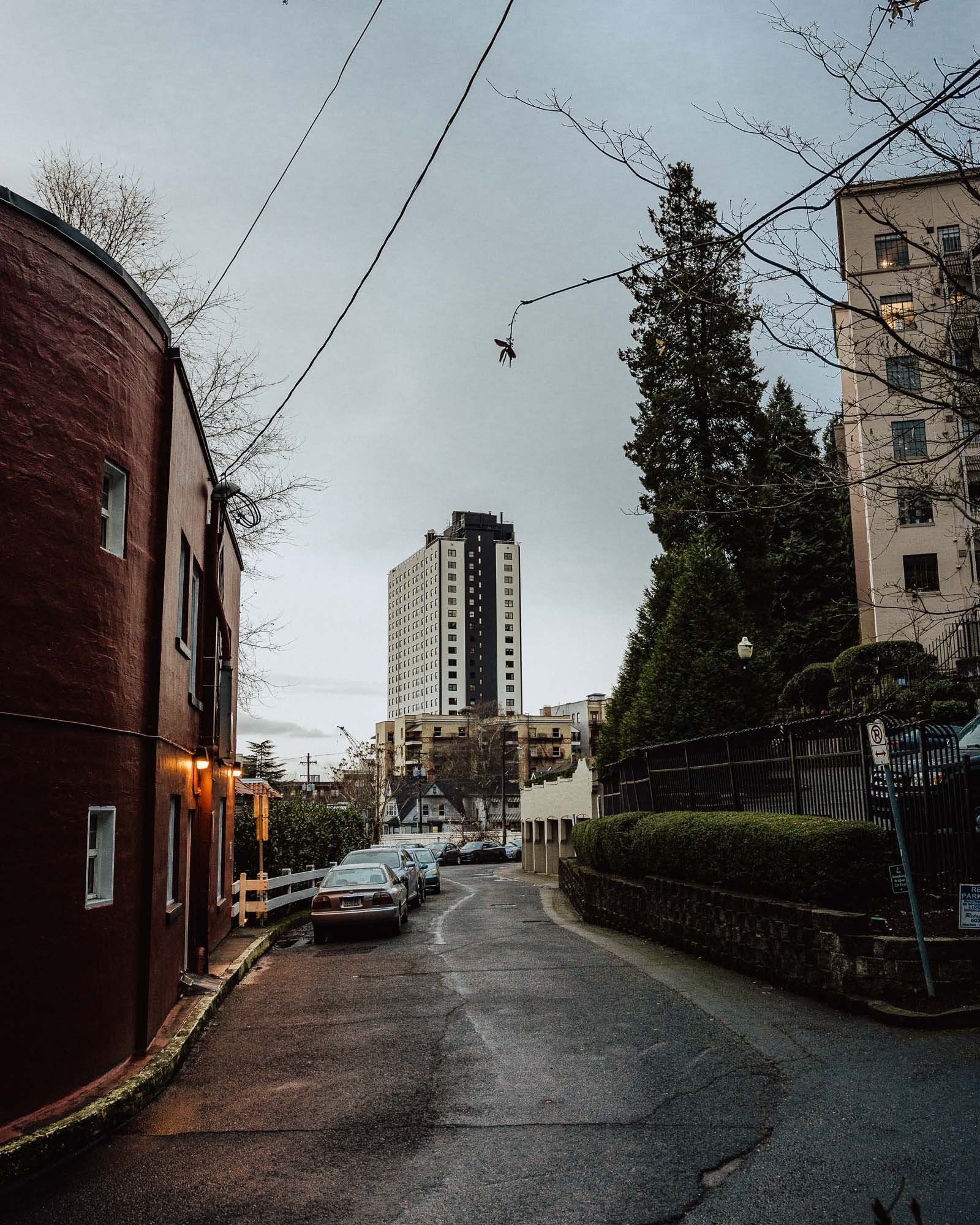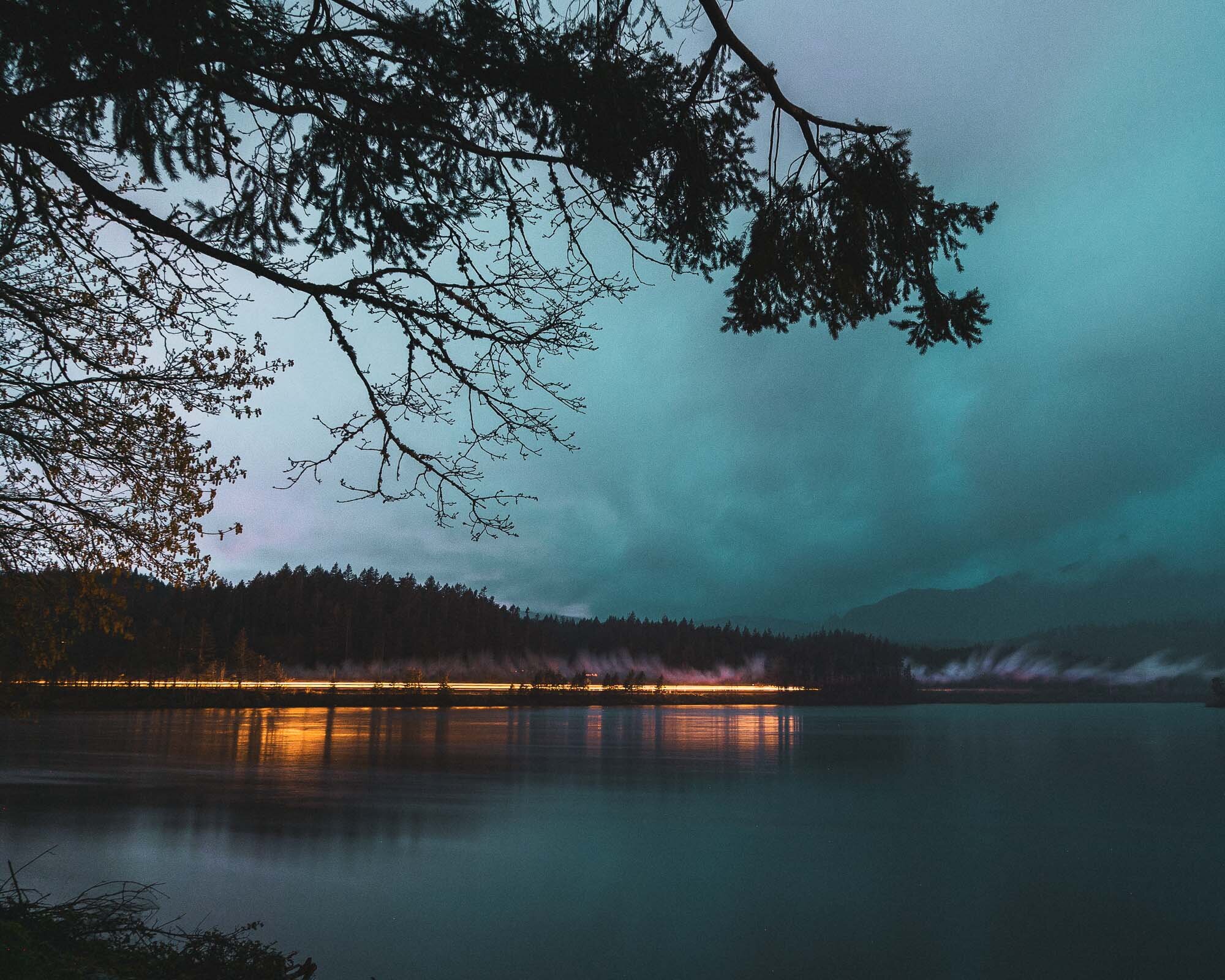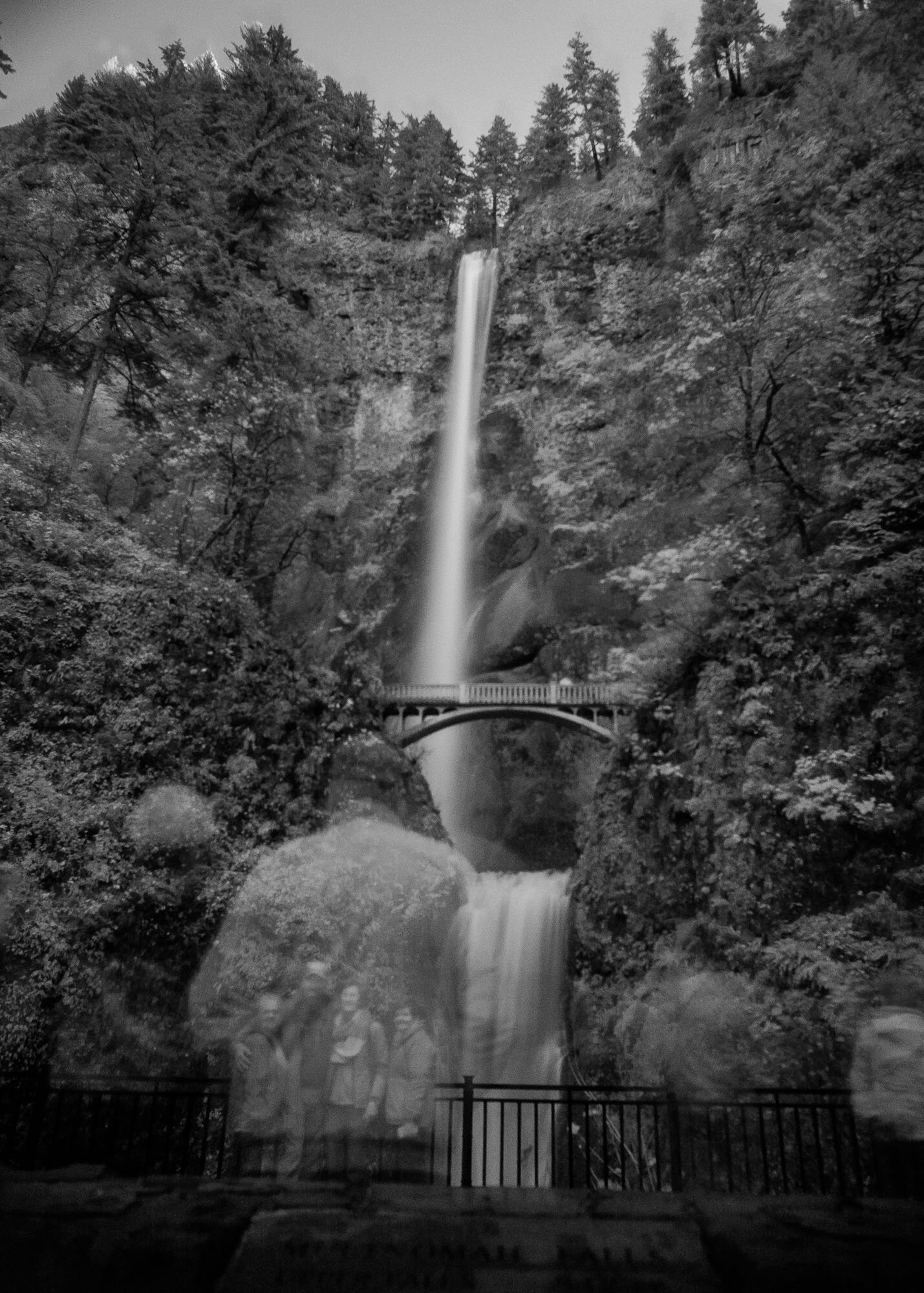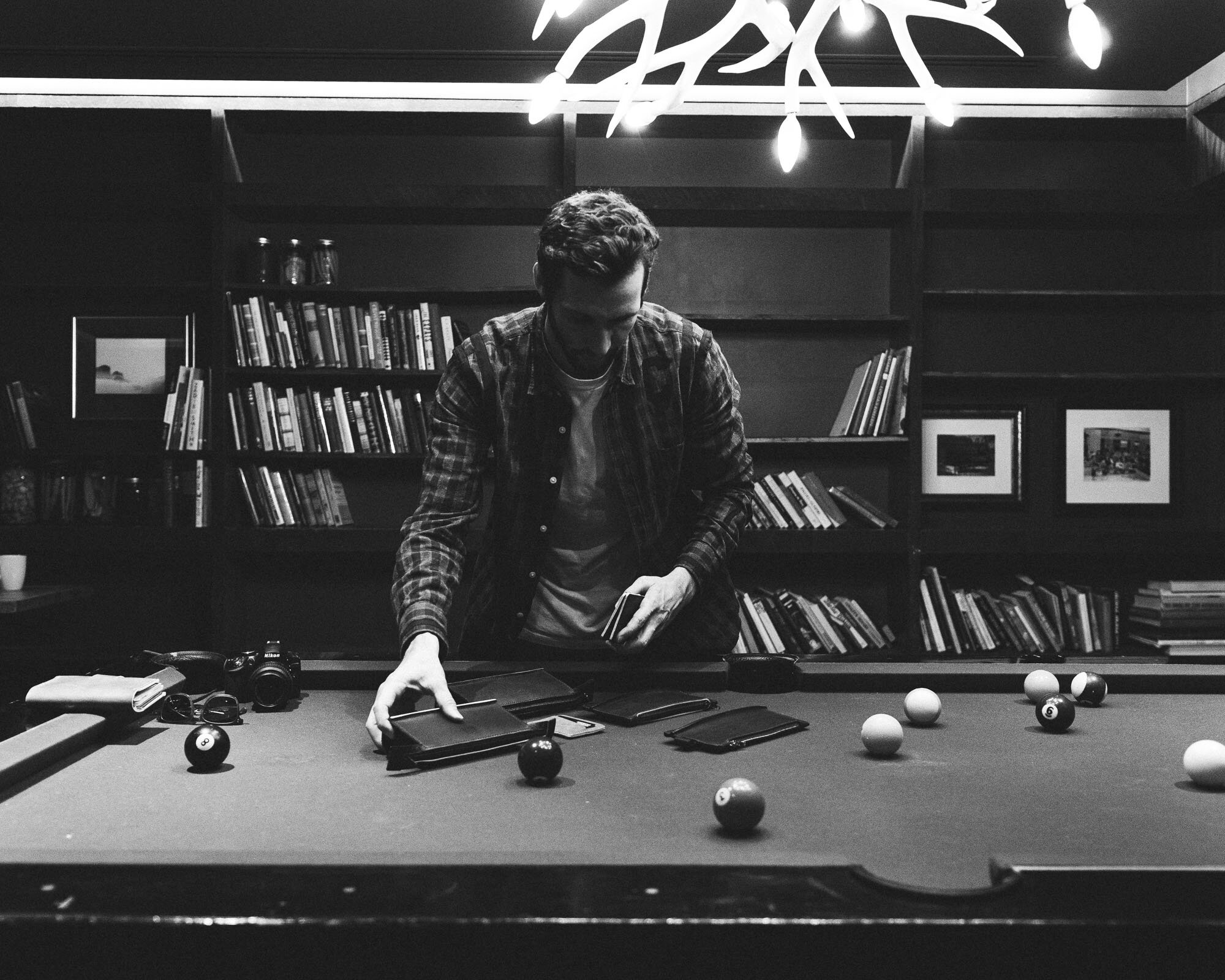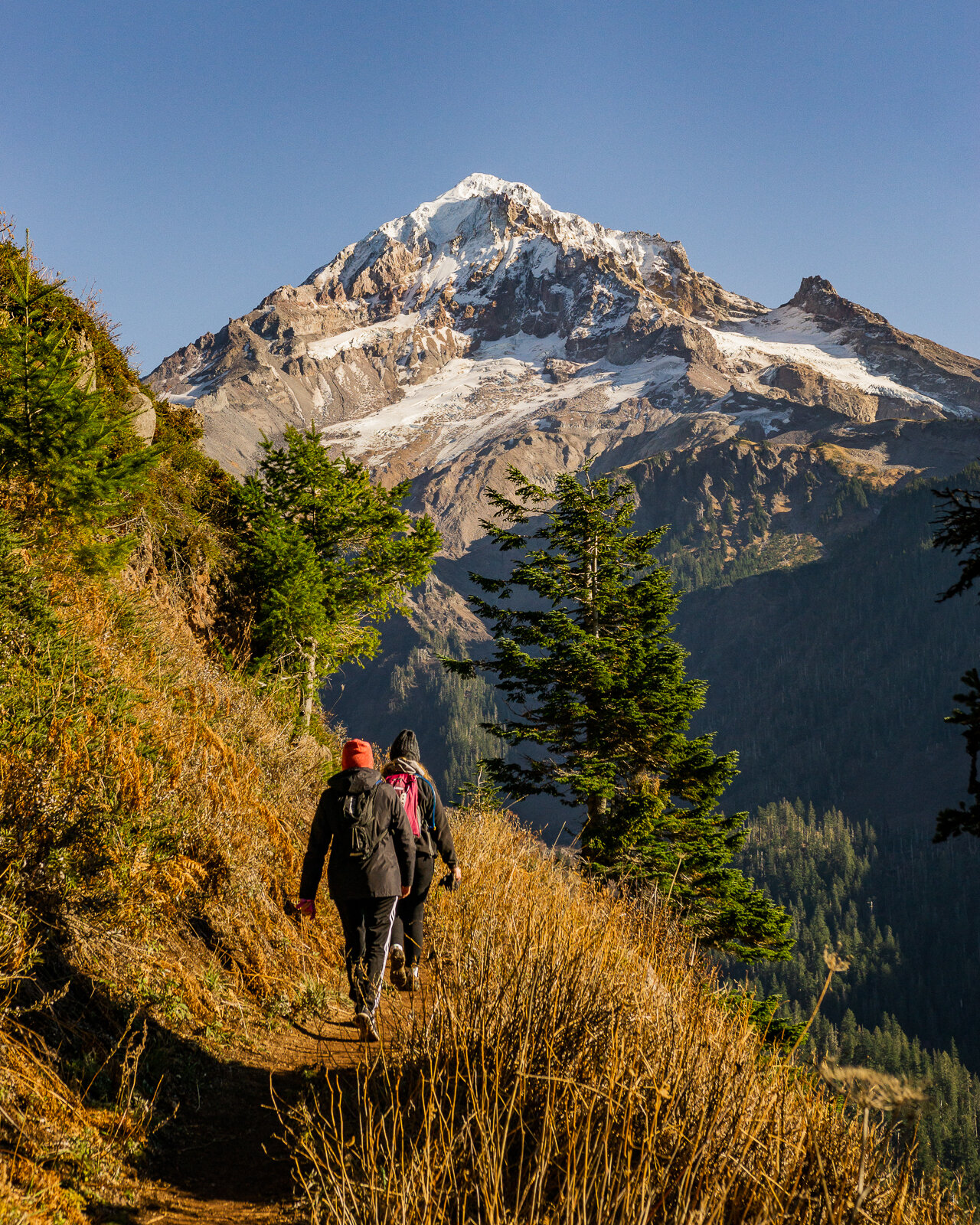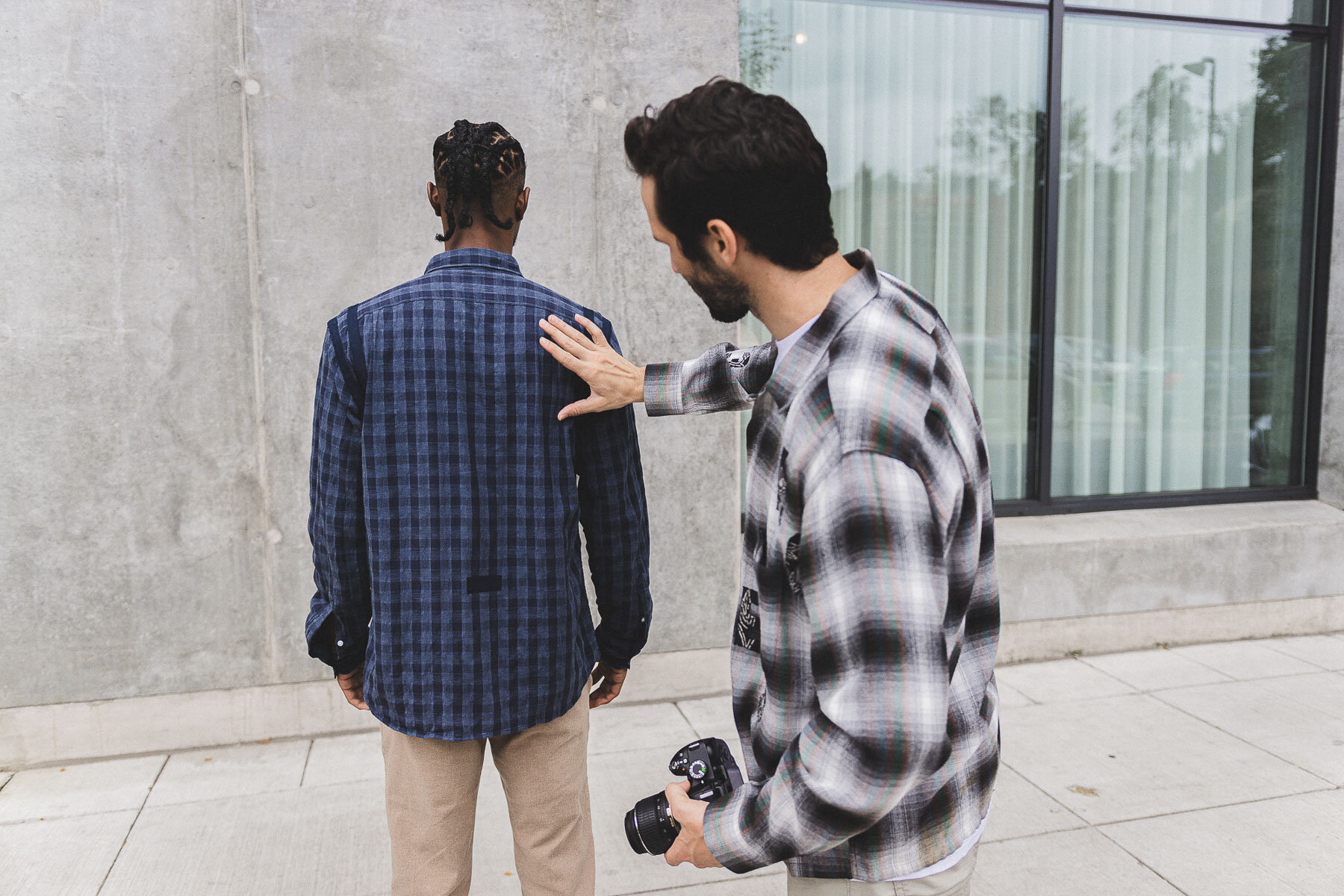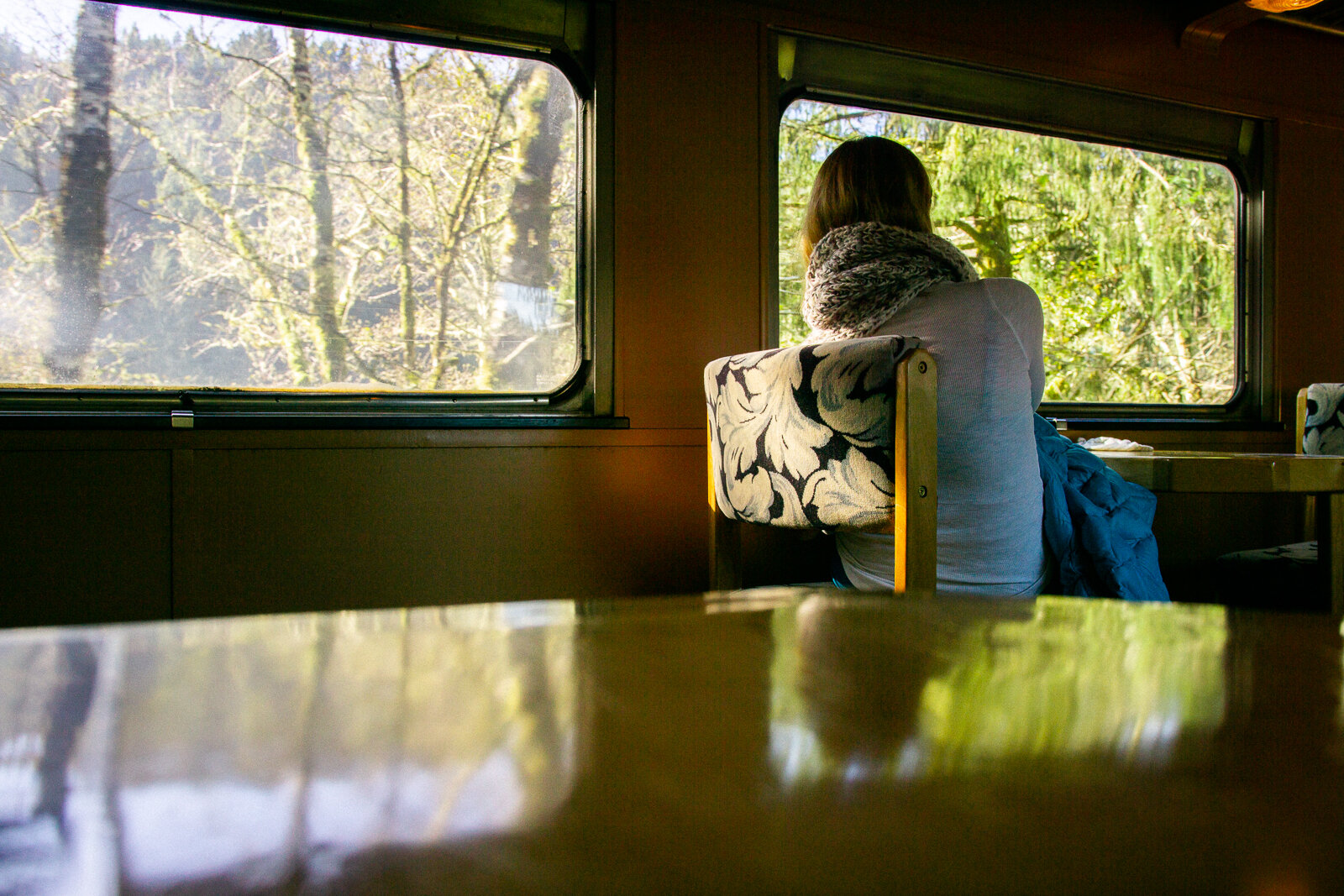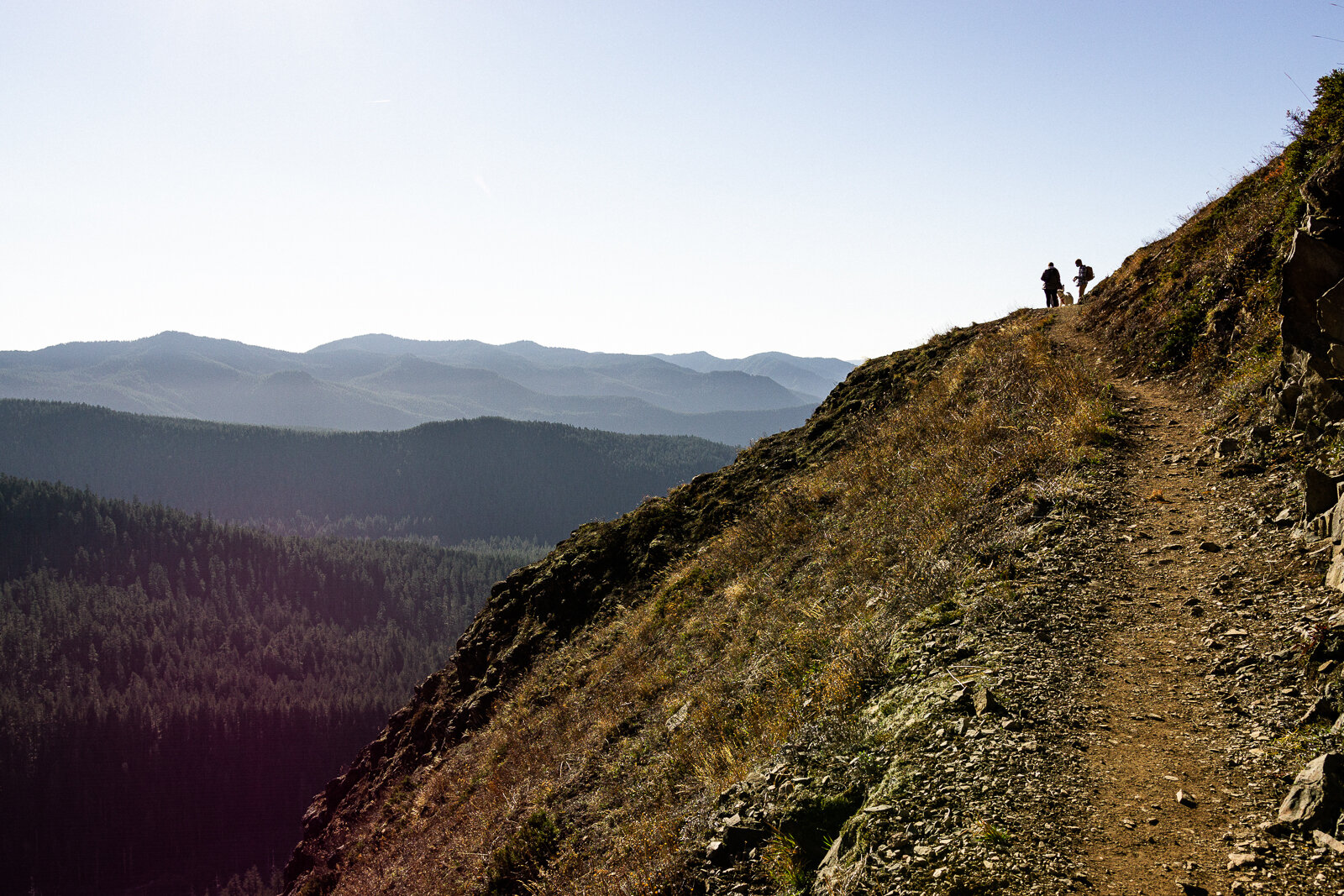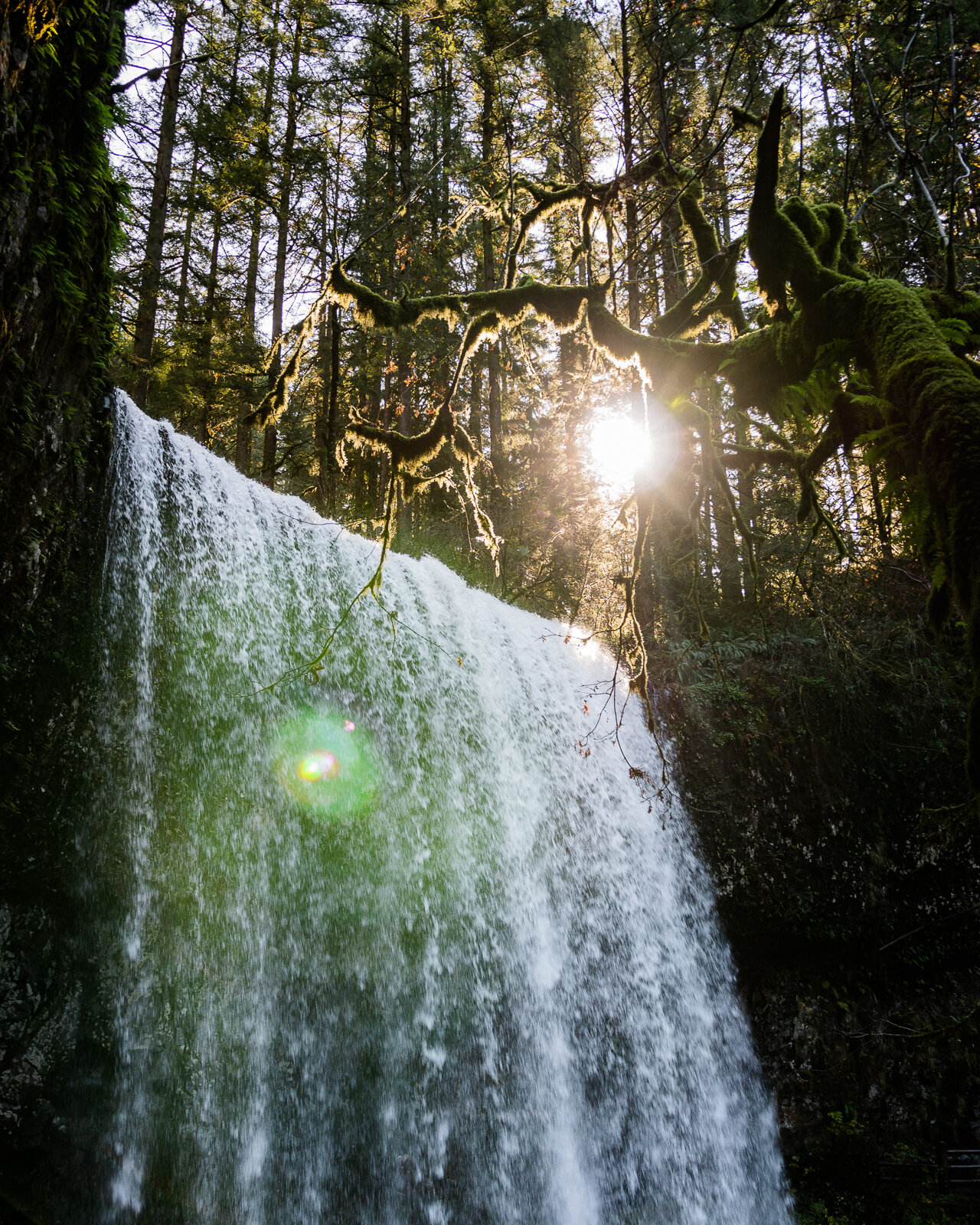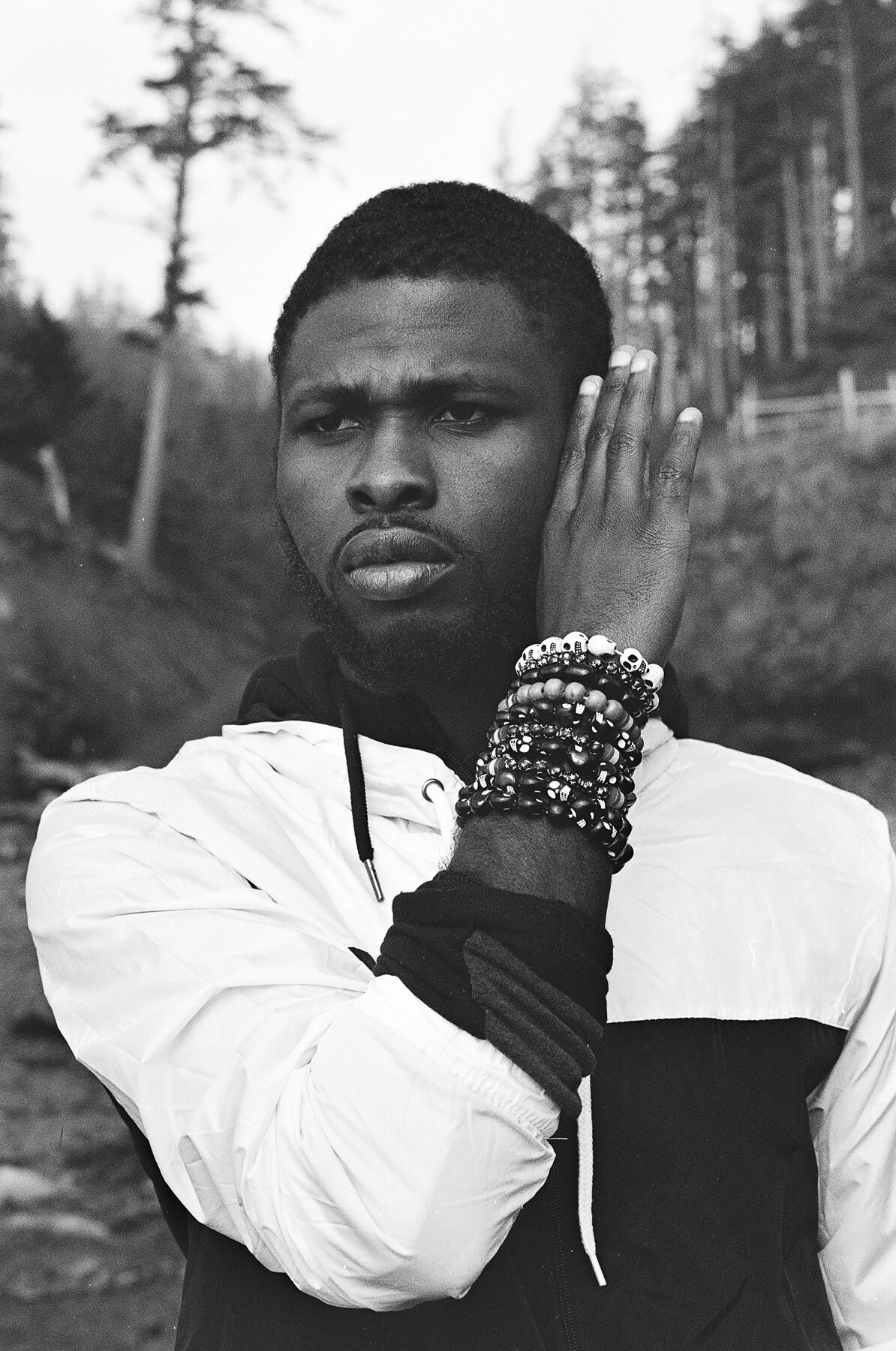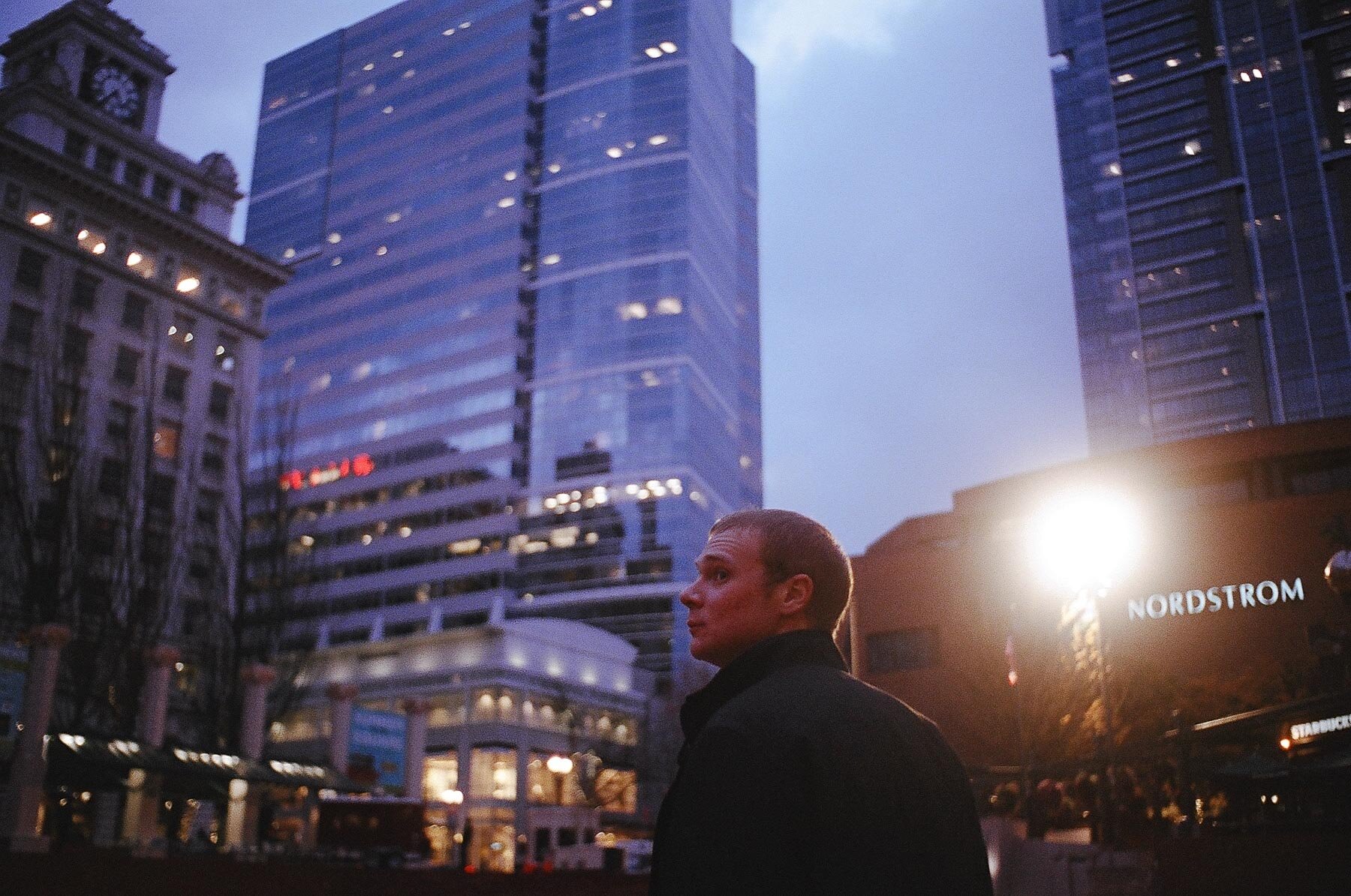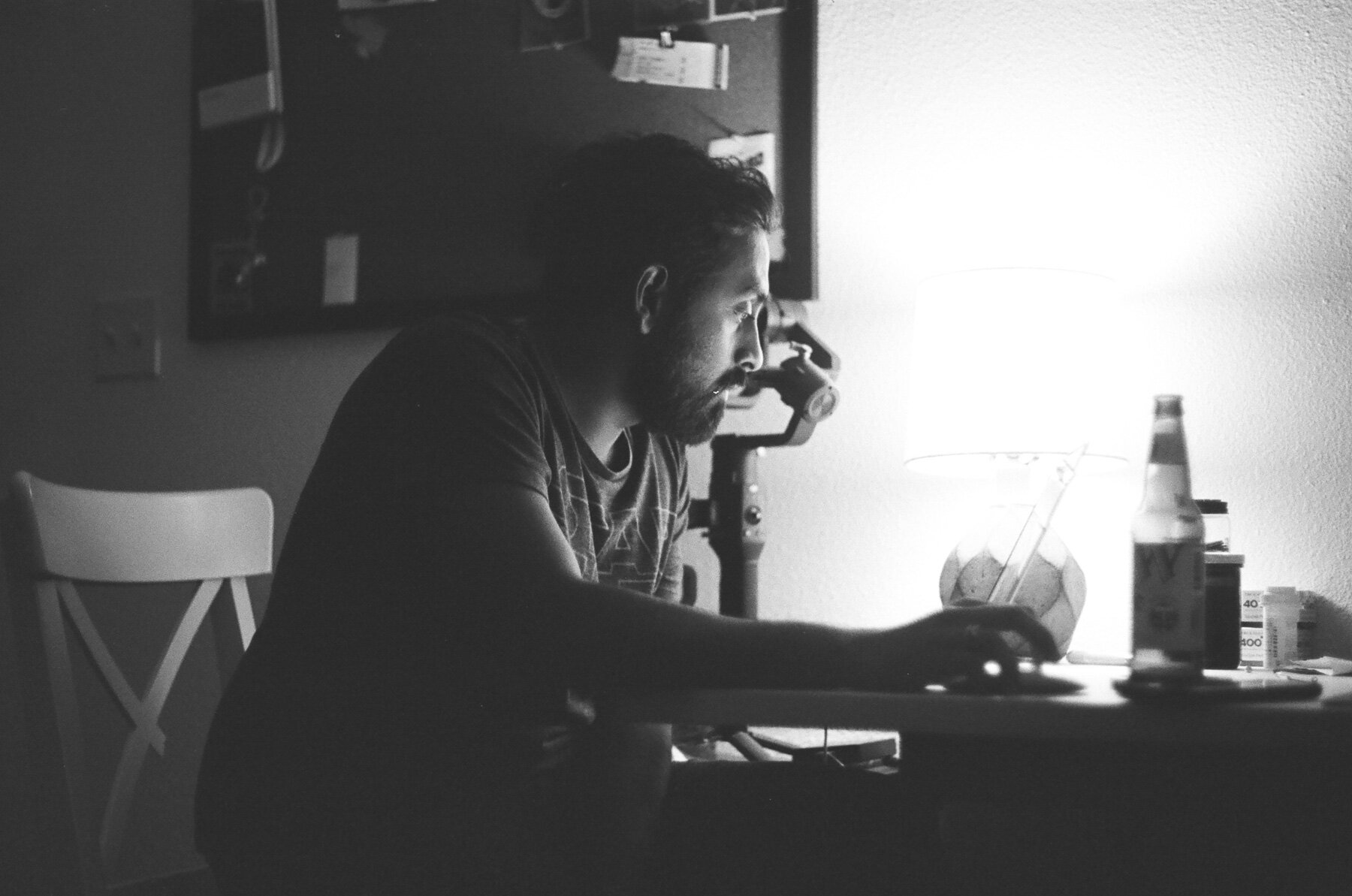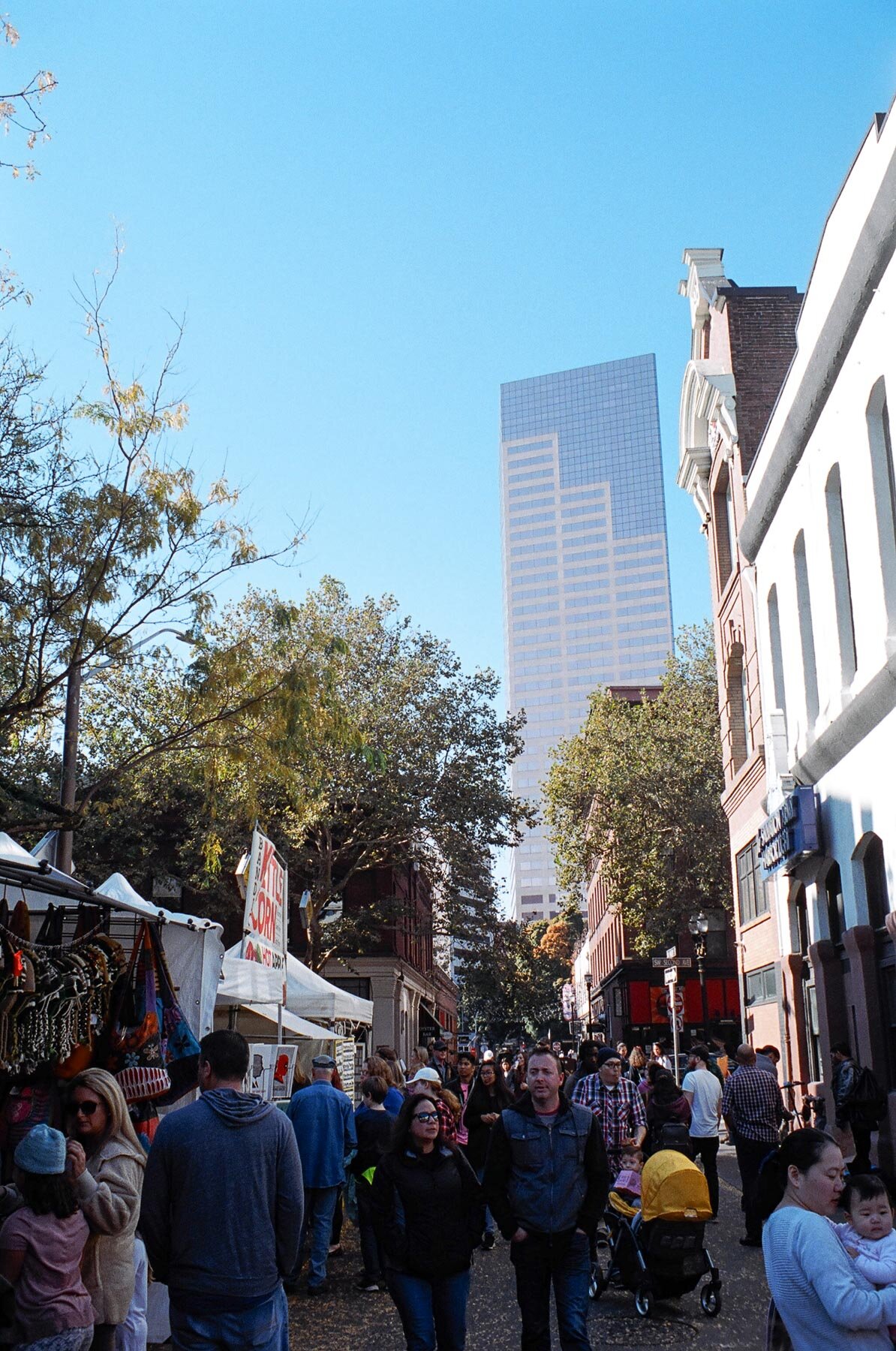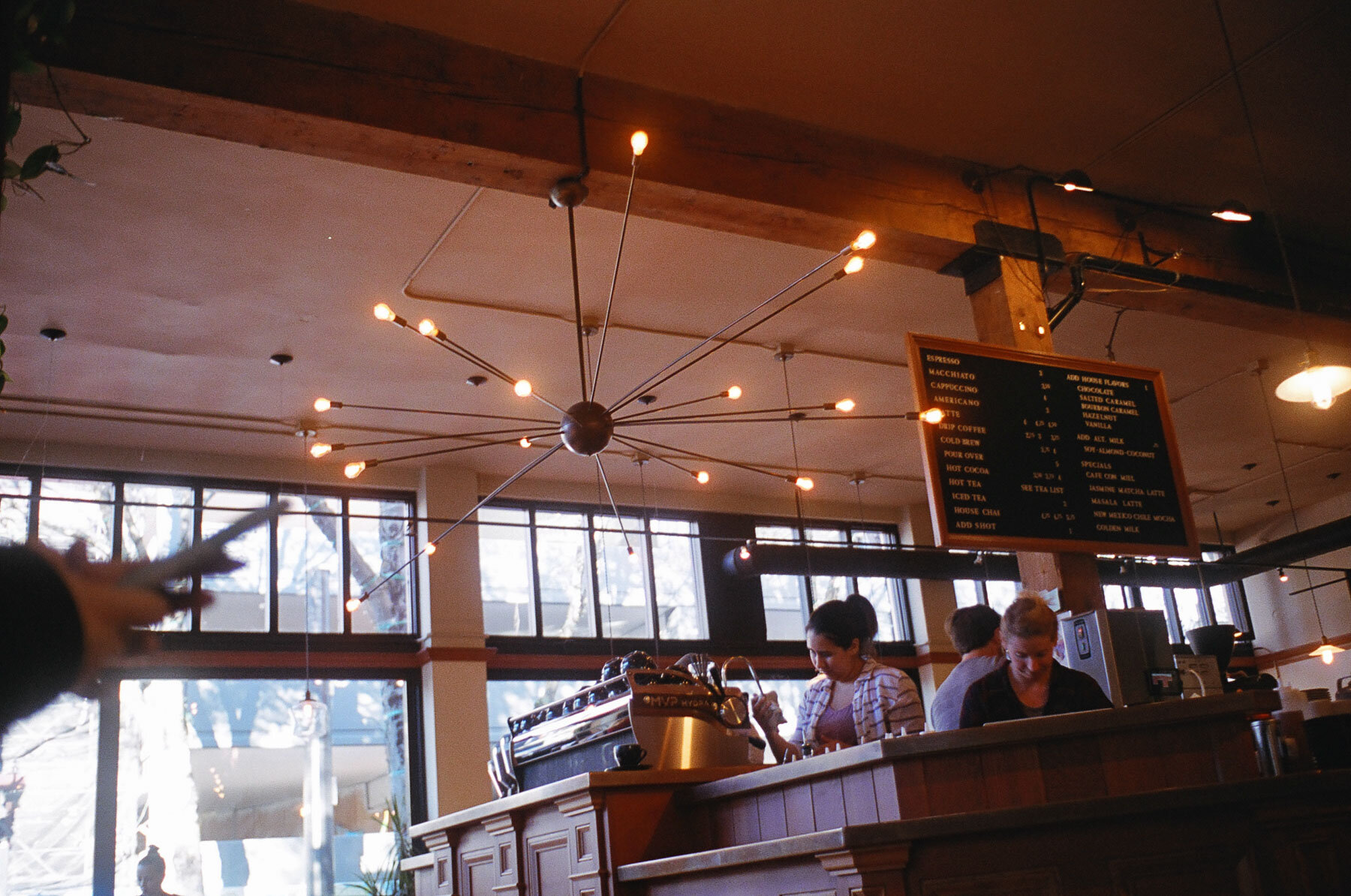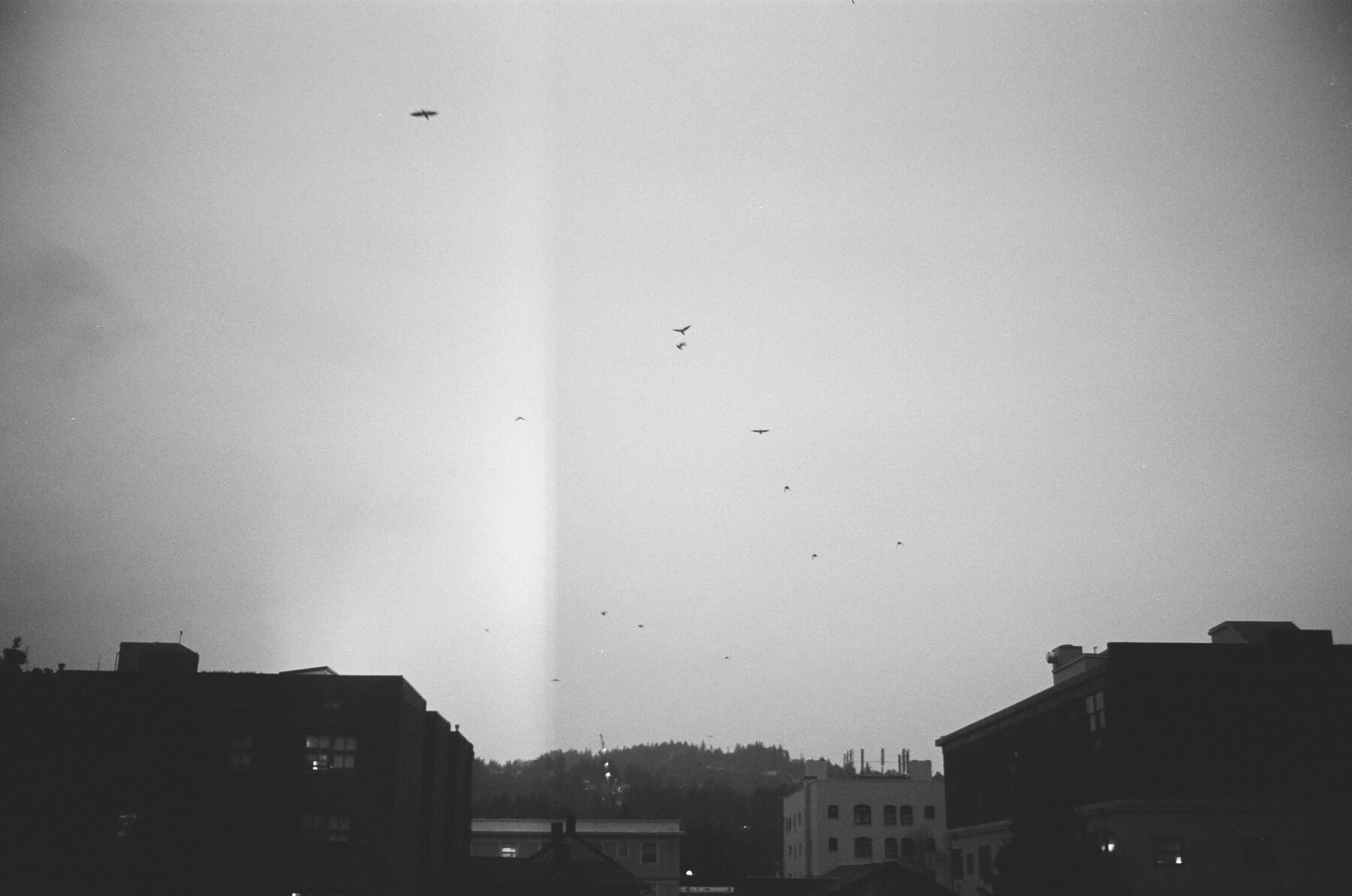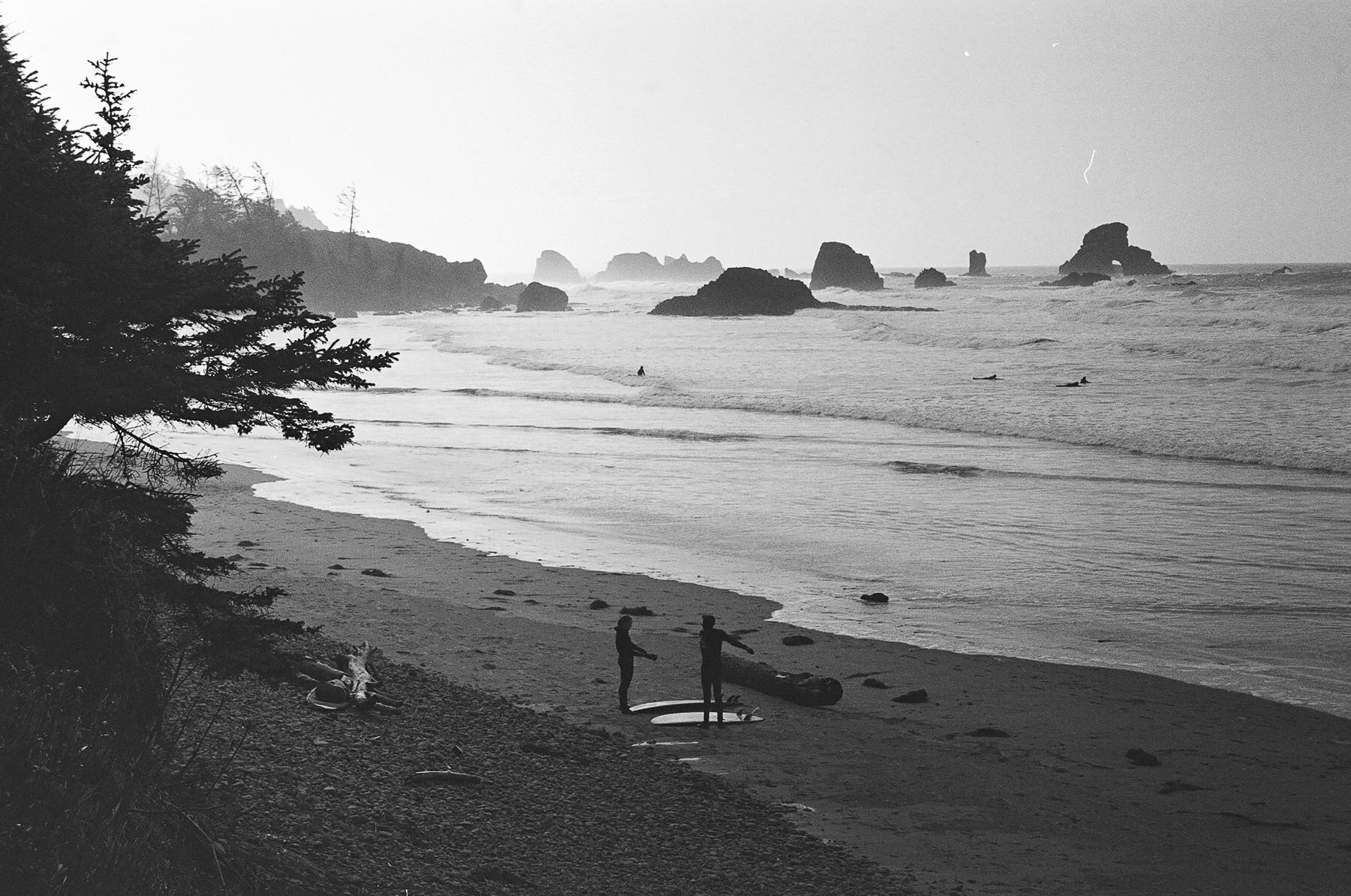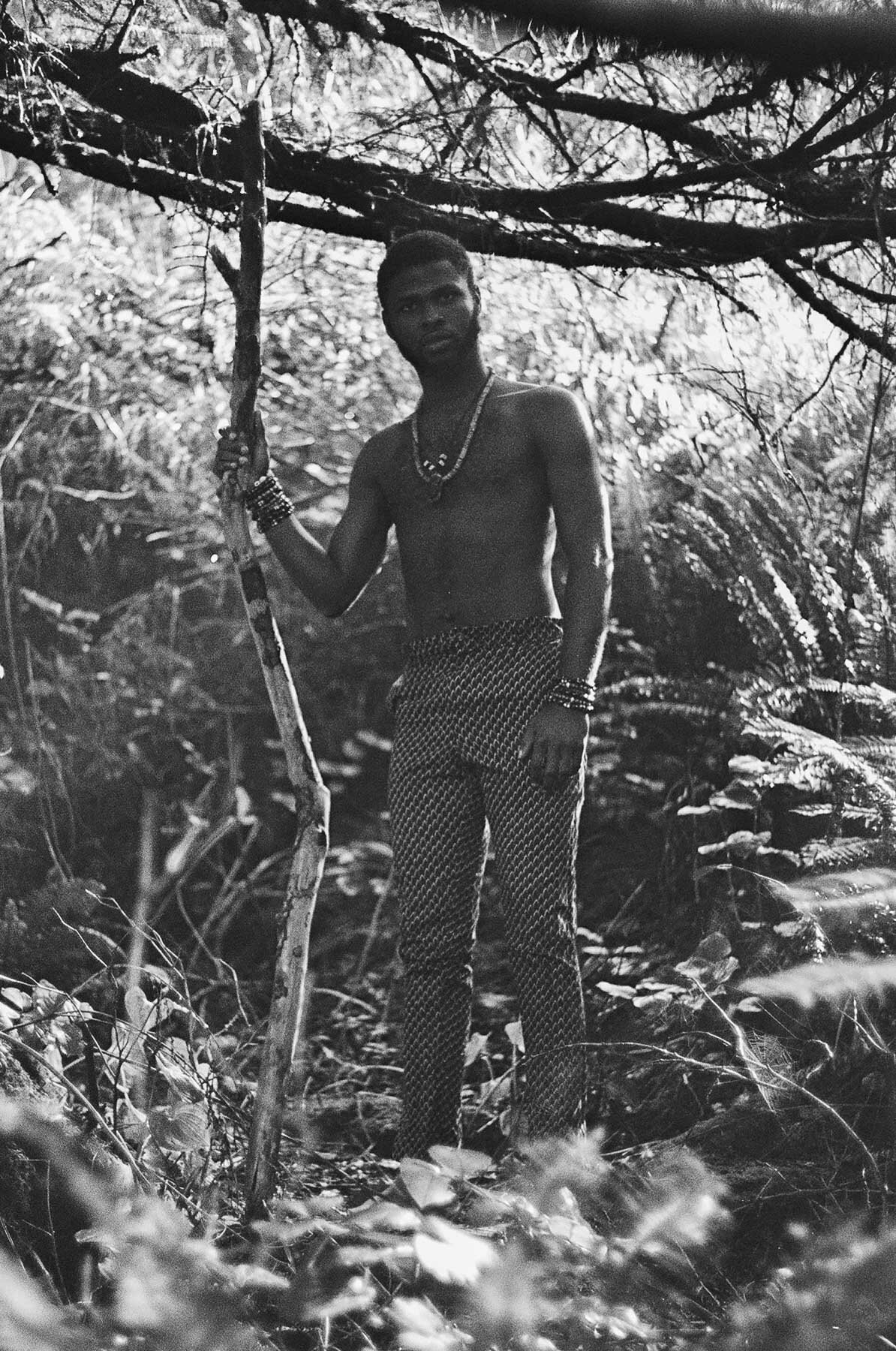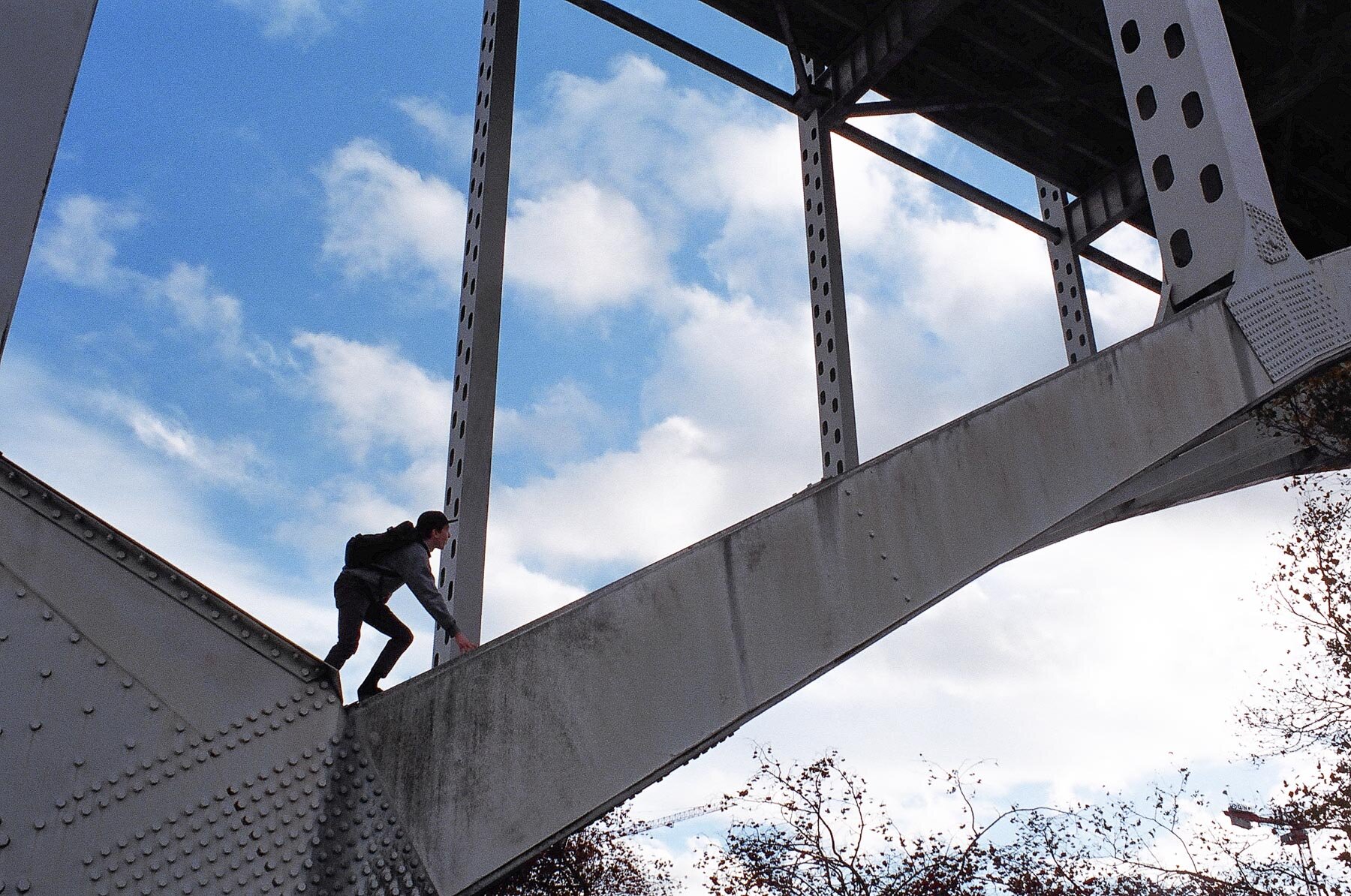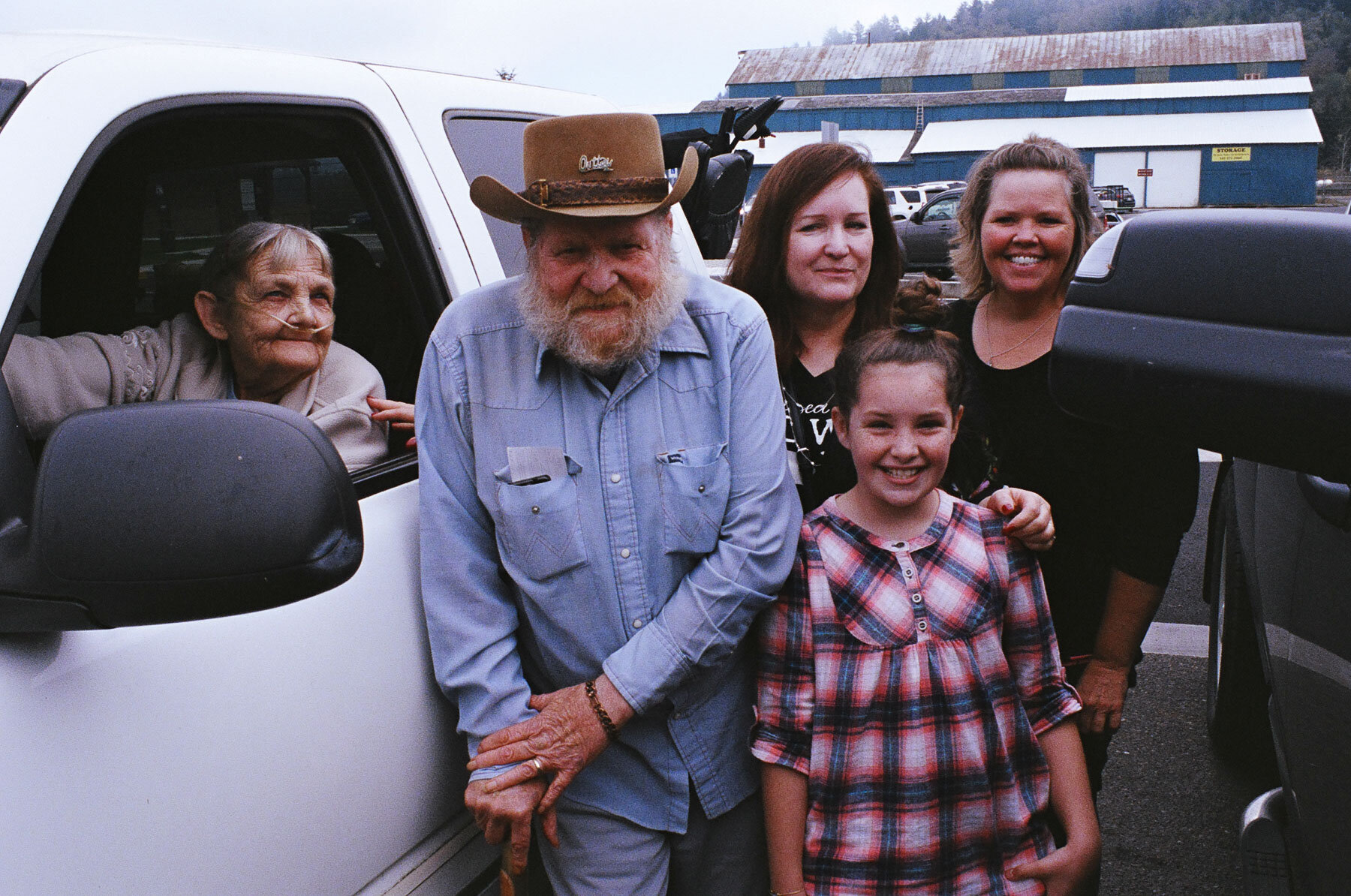From Digital to Film - My Switch
Recently my 5-year-old Sony A6000 started to show signs of unreliability.
This led me down the wormhole of what camera will replace it.
This blog post will take you down that wormhole.
Enter wormhole
.
A photo my Sister took of me while hiking Saddle Mountain. It appears to be the only photo of me shooting with the A6000.
A LITTLE BACKGROUND
I mainly shoot landscapes and portraits.
I have always shot in full manual mode.
I shot on vintage lenses for my first 4 out of 6 years.
I have always preferred the look and feel of film over digital.
SAYING GOODBYE
I’ve used the A6000 on almost every hike in the past 6 years. I even used it as the main camera for one of my first short films! It’s sold prints, taken beatings, and it’s finally staring to malfunction. Unfortunately digital technology isn’t built to last and this era has come to an end . . .
SONY A6000 EXAMPLES
POTENTIAL REPLACEMENTS
My initial decision was going to be the Fuji X-T3. I was enticed by the film profiles, high video bit rate, light weight construction, and the digital convenience. The only problem was how expensive the camera was (~ $1,300+). At least when compared to traditional SLR cameras (~ $50+). And why would I exclude old SLR cameras from my search? Just because they have been losing popularity since the 90’s? I don’t think so.
The only experience I had with old film cameras was an old Pentax K1000 that was handed down to me. This little camera produced some of my favorite images. But even the K1000 had it’s faults. The viewfinder was as dark and dusty as a cave, the exposure meter didn’t read accurately, and I still wanted a crispier resolution. It was clear that the K1000 wasn’t going to be a reliable replacement.
PENTAX K1000 EXAMPLES
ENTER PENTAX 6X7
After 2 weeks of researching medium format options from Bronica, Mamiya, Pentax, Contax, and more. I decided to pick the Pentax 6x7. Specifically for the large negatives. Every single image that I saw from the 6x7 amazed me with the wide dynamic range and the amount of detail. I felt like was looking straight through the lens of the camera the moment the photo was taken.
But the 6x7 isn’t without faults. The size of the body + 55-105 zoom is just about as big as my Sony Fs7ii with the 18-110 F4 lens. And it weighs just about the same too! This is a major turn off to many but since I am so used to lugging the Fs7ii around everywhere I go what is another large camera thrown into the mix? Right? And the other main limitation is the number of exposures. Given that the 6x7 format is larger than 4x5 I only get 10 shots/roll. To me that is freedom to focus on the shot. But to many it can be a fear of missing the shot.
Ultimately if I could trust myself to nail composition, exposure, and focus in the moment this camera could produce some of the best images I could imagine. So I had to have it.
2 weeks later . .
THE ARRIVAL
WOW! This camera is massive! But I can feel the quality of materials used to make this sturdy beast. I feel as though if I gently tapped someone on the head with it they would need an ice pack. I immediately fell in love with how this camera handled. By stripping away any digital features and buttons this camera gave me the freedom to think about composition, lighting, and the film type of film I’m shooting on. In other words, there is only light flashing through the aperture blades and shutter curtain for a split second. Only to expose 1 out of 10 frames of majestic 6x7 medium format film. And that is the simple magic of it all.
Below is a comparison between the A6000 and the Pentax 6x7 in a real life scenario.
PENTAX 6X7 EXAMPLE
SONY A6000 EXAMPLE
*If anyone wants any specific blogs send me an email and I’ll look into it.


